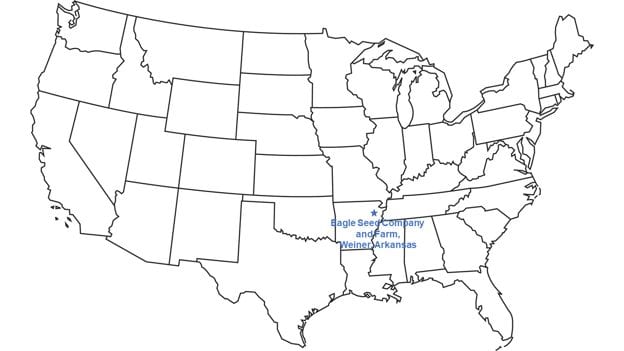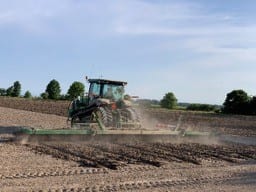 Soybean planting has continued whenever conditions allow in our region of Arkansas, in the south-central U.S. As we get into the second week of June, we have more than 70% of our production acres planted. And we have finally started planting our research plots. We should be finished with just a few more days of good weather.
Soybean planting has continued whenever conditions allow in our region of Arkansas, in the south-central U.S. As we get into the second week of June, we have more than 70% of our production acres planted. And we have finally started planting our research plots. We should be finished with just a few more days of good weather.
The timing for planting is a bit later than we had hoped at the beginning of spring, but we still have plenty of growing season to get a high-quality soybean crop this year. We do know from university research that in our region, we start to lose both yield and seed germination rates after mid-June. We hope to have everything planted by June 15, but if we don’t, we may increase seed population rates to ensure we get a good soybean stand.
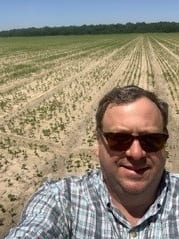
Many of our soybeans have emerged, and now the weather is warm enough that the soybeans germinate and emerge quickly after planting. To manage weeds, one of our biggest yield and quality threats, we have been following the soybean planter closely with a pre-emergence herbicide application.
We have very difficult-to-control weeds, especially pigweeds, that have become resistant to some herbicides. These weeds compete with soybeans for soil moisture and nutrients, and they hurt yields. So we work to stay ahead of these weeds, using residual herbicides with multiple modes of action to keep them from emerging while the crop is small.
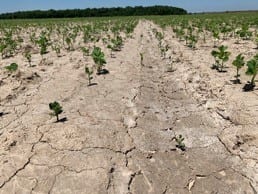
These weeds can emerge throughout the season, so we apply herbicide again after the crop emerges when these weeds are 5 to 10 cm, or 2 to 4 inches, tall. We expect to start these post-emergence herbicide applications next week, in mid-June. And we will again use multiple modes of action and residual herbicides to prevent new weeds from growing until the soybeans are big enough to shade between their rows. At that point, it’s harder for weeds to grow, and our soybeans are big enough to out-compete the weeds. But because we raise soybeans – including food-grade soybeans – to plant as seed next year, we work hard to prevent contamination from weed seeds every year.
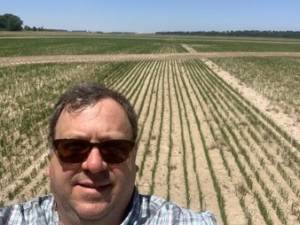 Our rice has all emerged and is doing well. We will fertilize our rice with nitrogen when it is about 15 to 20 cm, or 6 to 8 inches, tall. The nitrogen will be in a dry form called urea, and it will be flown on with a small airplane, known as a crop duster. Then the rice will be ready for the permanent flood. Our rice fields have the levees in place, and we will use our reservoir and irrigation system to keep water on the rice the rest of the summer.
Our rice has all emerged and is doing well. We will fertilize our rice with nitrogen when it is about 15 to 20 cm, or 6 to 8 inches, tall. The nitrogen will be in a dry form called urea, and it will be flown on with a small airplane, known as a crop duster. Then the rice will be ready for the permanent flood. Our rice fields have the levees in place, and we will use our reservoir and irrigation system to keep water on the rice the rest of the summer.
Although the wet weather has slowed us a bit, we still feel like we are making good progress to produce high-quality crops this year.
